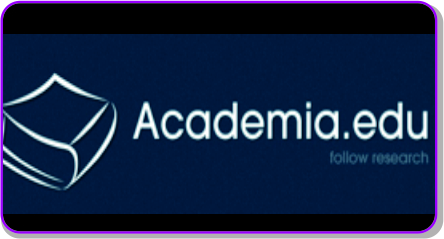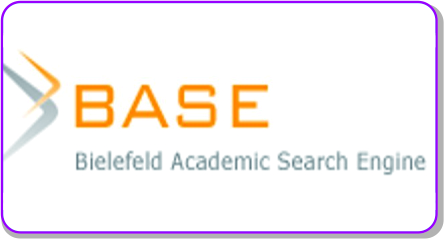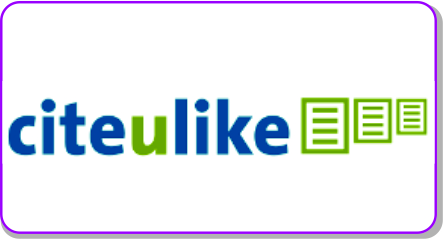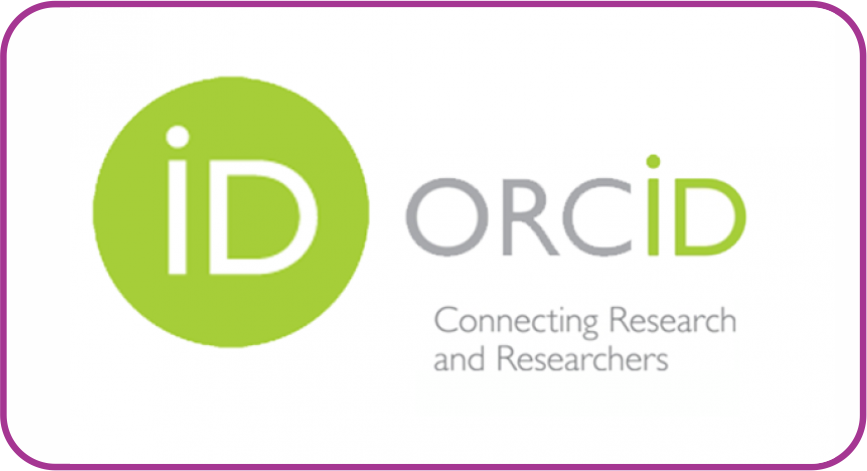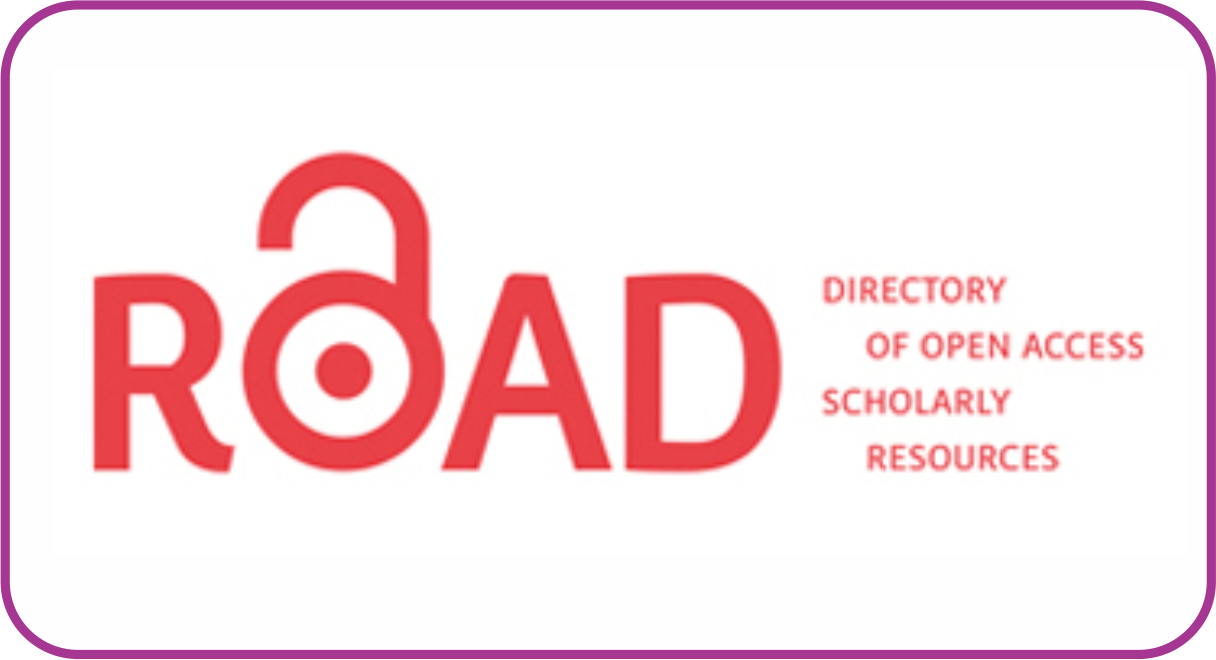INSTRUCTIONAL ENGLISH READING MATERIALS USED BY TEACHER AT GRADE X SMKN I PANGKALAN KOTO BARU 50 KOTA REGENCY
DOI:
https://doi.org/10.30983/educative.v1i1.124Abstract
Materi bacaan adalah hal yang sangat penting dalam proses pembelajaran membaca untuk mencapai tujuan pembelajaran. Mengingat pentingnya peranan bahan ajar membaca, maka bahan ajar membaca perlu dianalisa.Tujuan penelitian ini adalah untuk mengetahui bagaimana bahan ajar membaca pada bidang studi bahasa inggris yang digunakan oleh guru di kelas X SMKN 1 Pangkalan memenuhi kriteria bahan ajar membaca yang bagus. Tujuan ini dipecah menjadi beberapa aspek : autentisitas, realitas, konteks dan berpusat pada kebutuhan siswa. Jenis penelitian ini adalah deskriptif kualitatif. Angket, lembar observasi dan wawancara merupakan instrumen yang digunakan pada penelitian ini. Sumber data pada penelitian ini adalah bahan ajar membaca bahasa Inggris yang digunakan oleh guru, siswa SMKN 1 Pangkalan kelas X khususnya jurusan pertanian yang berjumlah 50 orang, dan 1 orang guru bahasa inggris. Data dikumpulkan dengan menyebarkan angket, observasi dan wawancara. Hasil penelitian menunjukkan bahwa bahan ajar membaca pada bidang studi bahasa inggris yang digunakan oleh guru belum memenuhi semua keriteria bahan ajar membaca yang bagus. Bahan ajar membaca tersebut belum memenuhi keriteria auntentisitas, realitas, konteks, dan berpusat pada kebutuhan siswa. Dengan demikian dapat disimpulkan bahwa bahan ajar membaca pada bidang studi bahasa inggris yang digunakan oleh guru pada kelas X di SMKN 1 Pangkalan Koto Baru Kabupaten 50 Kota tidak dapat diklasifikasikan ke dalam bahan ajar membaca yang bagus.References
Ary, Donald, Jacobs, and Asghar Razavieh. (1985). Introduction to Research in Education. (3rd ed). New York: CBS College Publishing.
Brown, H. Douglas. (2000). Teaching by Principles: An Interactive Approach to Language Pedagogy. (2nd ed). San Francisco: Longman.
Clarke, D.F. (1989). Communicative Theory and Its Influence on Materials Production. Language Teaching, 22, 73-86. Cambridge: Cambridge University Press.
Cresswell, John. (2008). Educational Research. New Jersey: Pearson Merrill Prentice Hall.
Darsono, M. (2000). Faktor yang Mempengaruhi Keberhasilan Belajar Siswa. Semarang: IKIP Press.
Depdiknas. (2006). Pedoman Memilih dan Menyusun Bahan Ajar. Jakarta: Depdiknas.
________. (2007). Peraturan Menteri Pendidikan Nasional Republik Indonesia Nomor 16 Tahun 2007 tentang Standar Kualifikasi Akademik dan Kompetensi Guru. Jakarta: BSNP.
________. (2007). Materi Sosialisasi dan Pelatihan Kurikulum Tingkat Satuan Pendidikan (KTSP) SMK. Jakarta: Depdiknas.
Freeman, Donald. (2000). Designing Language course, a guide for teacher. New York: Heinle & Heinle Publisher.
Gay, L.R, Mills, and Peter Airasian.(2009). Educational Research: Competencies for Analysis and Application. New Jersey: Pearson.
Gujjar, Aijaz. A. & Malik, M. Ashraf. (2007). “Preparation of Instructional Material for Distance Teachers Education.†Journal of Distance Education. Turkish: TOJDE. https://tojde.anadolu.edu.tr/tojde25/pdf/article_4.pdf
Harlen, Wynne. (1994). “Evaluating curriculum materials.†Edinburgh: The Cottish Council Research in Education. http://english.moe.gov.tw/public/Attachment/6679511871.pdf
Harmer, Jeremy. (2002). The Practice of English Language Teaching. (3rd ed). Completely revised and updated. Cambridge UK: Longman.
Heinich, Robert, et al. (2002). Instructional Media and Technologies for Learning. 7th ed. Merrill Prentice Hall. Pearson Education, Inc.
Jackson, Robert, et al. (2010). Materials used to teach about world religions in schools in England. London: University of Warwick.
Johnstone, Richard. Jounghin Gordon. (1997). Designing Print Materials for Flexible Teaching and Learning in Law. Sydney: NSW.
Jotia, Lathi & Matlale. Jubi. (2011). “Use of Instructional materials in social studies: impact on students’ performance in primary school leaving examinations in Botswana.†European Journal of educational studies. Botswana. Ozean Publication. http://www.eurojournals.com/ejsr_43_3_12.pdf
Karnes, A. Frances & Bean. M. Suzanne. (2009). Method and Materials for Teaching the Gifted. (3rd ed). Texas: Prufrock Press. Inc.
Kastaredja, Suhanto. (2008). “Developing the English Instructional Materials
through the Genre Approach for the First Semester of Year Twelve at the State Senior High School 14 and 17 of Surabaya.†Surabaya: Unpublished Thesis of the Instruction Technology Program. The Graduate Program. The University of PGRI Adi Buana of Surabaya.
Kumar, Anil. (1999). “Development of Evaluation Criteria for Self – Instructional Materials for Distance Education.†New Delhi. http://cemca.org/disted/Kumar_Anil__0284.pdf
Martinez, Alejandro G. (2002) “Authentic Materials: An Overview.†(Online).Retrieved from http://www.3telus.net/linguisticissues/authentic-mate-rials.html on july 9th 2011 at 11:41 A.M.
Maxine, Singer. (1999). Selecting Instructional Materials: Guide for K-12 Science. Washington: National Education Press.
McArdle, Geri. (2010). Instructional Design for Active Learning. New York: AMACOM.
Nunan, David. (1999). Second Language and Learning. Boston: Heinle and Heinle.
-------------(2000). Language Teaching Methodology: A textbook for teacher. Kuala Lumpur: Pearson Education Ltd.
O’Malley, J. Michael & Pierce Lorraine Valdez. (1996). Authentic Assessment for English Language Learners: Practical Approaches for Teachers. New York: Addison-Wesley Publishing Company.
Rea-Dickins, Pauline & Germaine Kevin. (1993). Evaluation. New York: Oxford University Press.
Richards, Jack. (2001). Curriculum Development in Language Teaching. Cambridge: Cambridge University Press.
Rohmawati, Ria. (2011). â€An Analysisi of Reading Materials in “Interlanguage†Textbook for the Tenth Grade of Senior High School Published by Grasindo.†Unpublished Thesis. Universitas Muhammadiyah Gresik.
Sunday, Afolabi.s. Joshua. Adeleke. (2010). “Assessment of Resources and Instructional Materials Status in the Teaching of Mathematics in Southwestern Nigeria.†European Journal of scientific research. Nigeria. http://www.eurojournals.com/ejsr_43_3_12.pdf.
Tahir, Irfawati. (2011). “Reviewing Reading Materials in the “Interlanguage: English for Senior High School Students XI†Textbook.†Unpublished Thesis. Graduate Program of English Language Teaching of State University of Malang.
Tim Peyusun. (2010). Pedoman Umum Penulisan Bahan Ajar. Malang: Program Pascasarjana Universitas Brawijaya Malang.
Tomlinson, Brian. (2008). English Language Learning Materials: A critical Review. London: Continuum International Publishing Group.
Trianto, (2009). Mendesain Model Pembelajaran Inovatif–Progresif: Konsep, Landasan, dan Implementasinya pada Kurikulum Tingkat Satuan Pendidikan (KTSP). Jakarta: Kencana.
______ (2010). Model Pembelajaran Terpadu: Konsep, Strategi, dan Implementasinya dalam Kurikulum Tingkat Satuan Pendidikan (KTSP). Jakarta: Bumi Aksara.
Weir, Cyril. J. (1990). Communicative Language Testing. New York: Prentice Hall.
Downloads
Submitted
Accepted
Published
Issue
Section
License
Authors who publish with this journal agree to the following terms:
1. Authors retain copyright and grant the journal right of first publication with the work simultaneously licensed under a Creative Commons Attribution License that allows others to share the work with an acknowledgment of the work's authorship and initial publication in this journal.
2. Authors are able to enter into separate, additional contractual arrangements for the non-exclusive distribution of the journal's published version of the work (e.g., post it to an institutional repository or publish it in a book), with an acknowledgment of its initial publication in this journal.
3. Authors are permitted and encouraged to post their work online (e.g., in institutional repositories or on their website) prior to and during the submission process, as it can lead to productive exchanges, as well as earlier and greater citation of published work (See The Effect of Open Access).





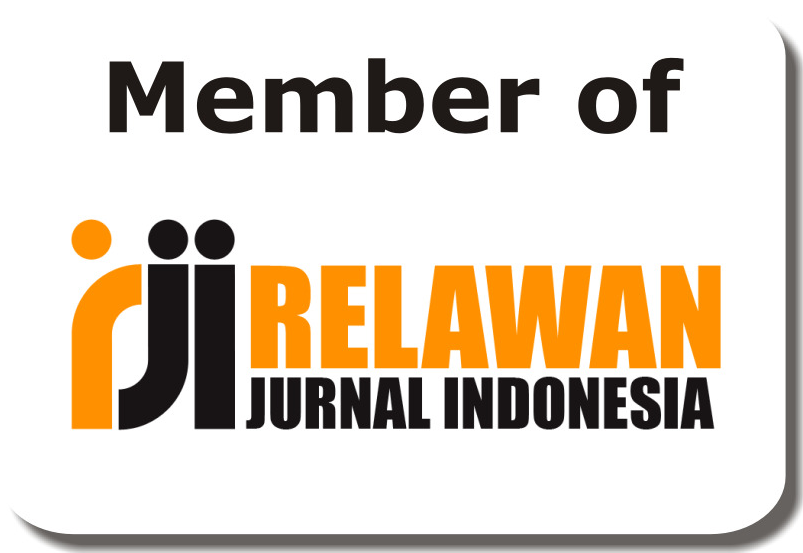
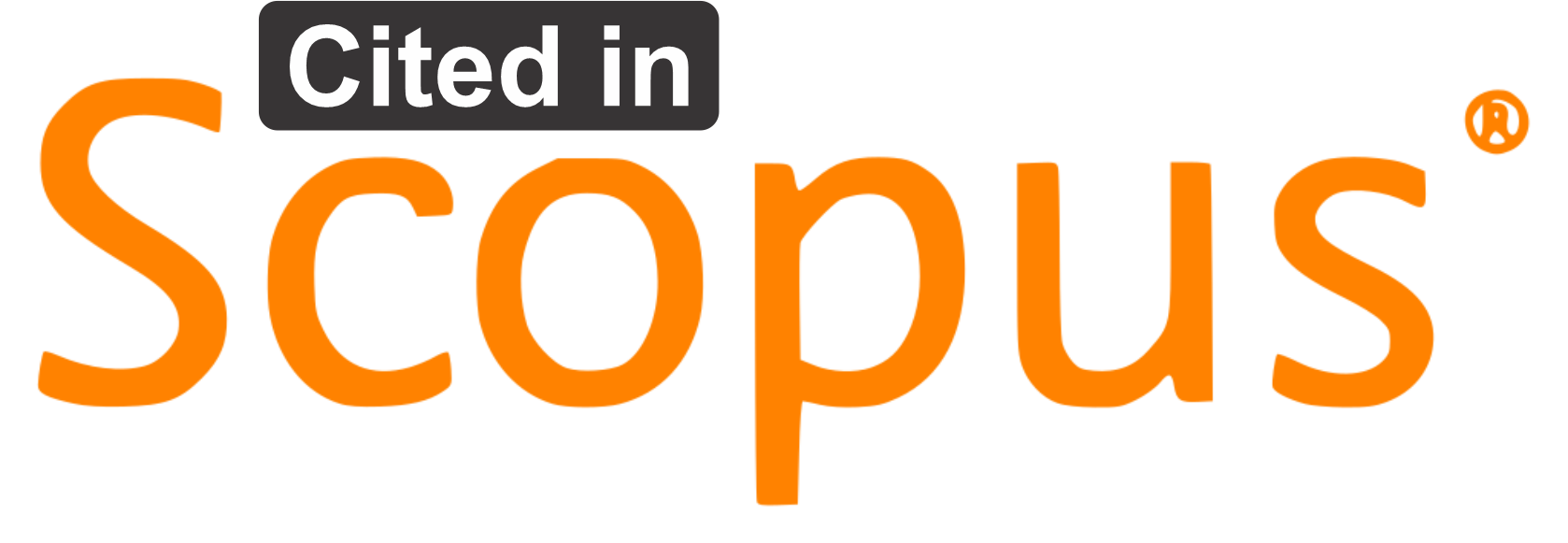

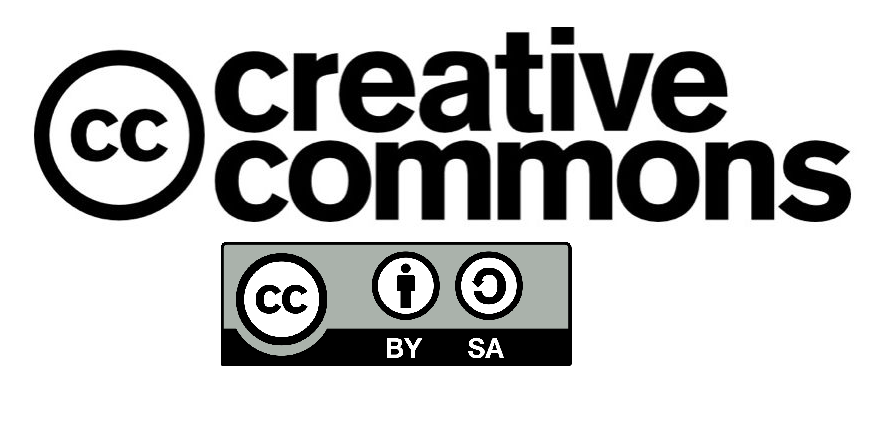
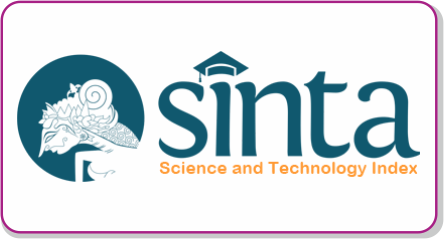
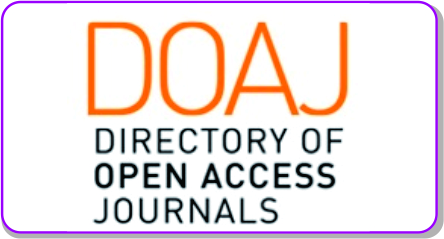


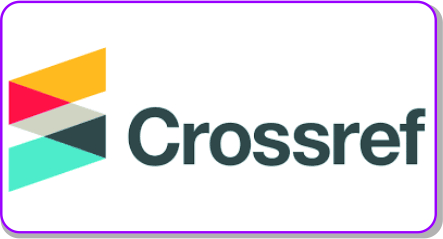


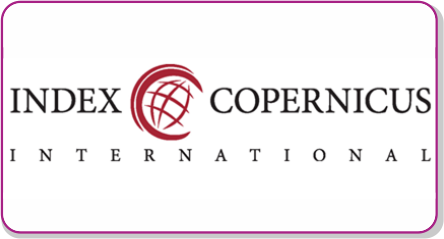

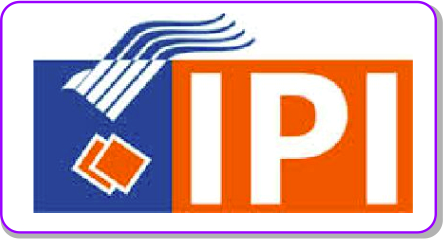 Â
 